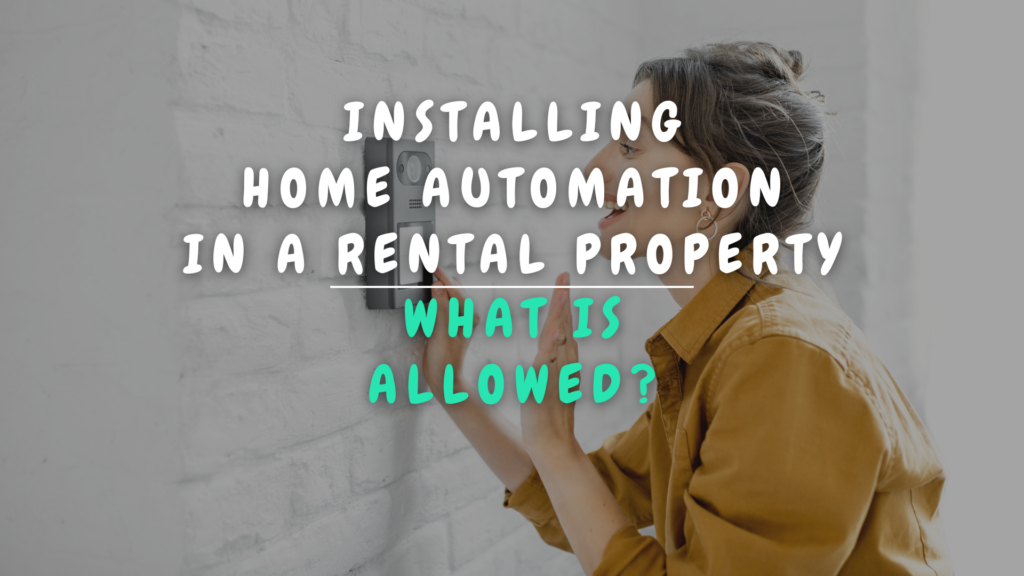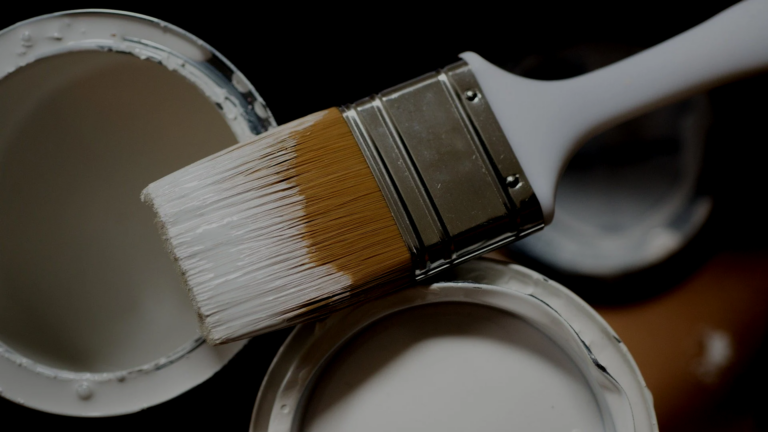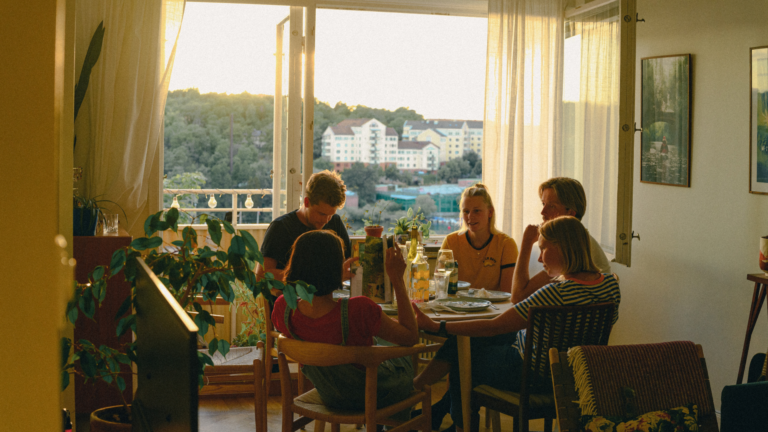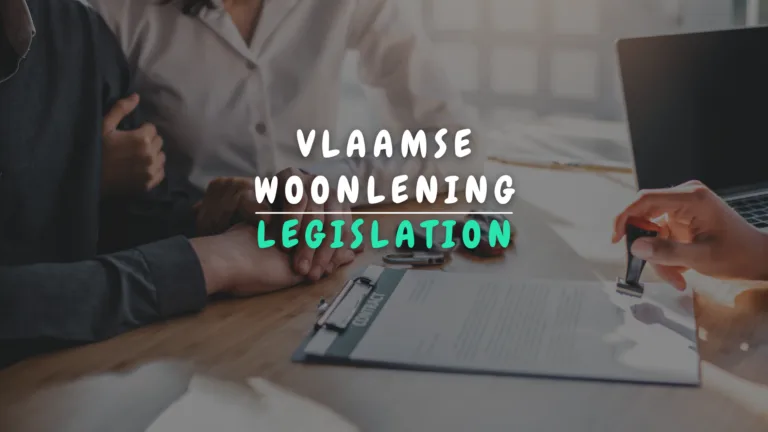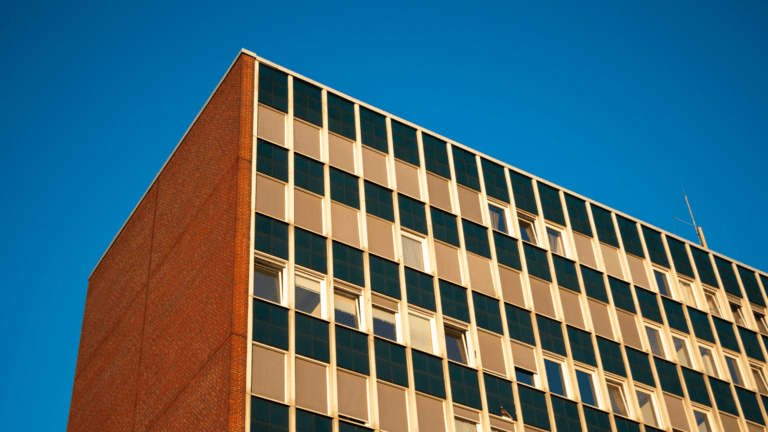Want to install home automation in a rental property? As a tenant, you are not allowed to install just any system. What are you allowed to do as a tenant and what are you not allowed to do?
Contents
- What is home automation?
- What systems may I install?
- Wireless home automation
- Plug and play home automation
- What should I consider in a rental property?
- What should you definitely not install as a tenant?
What is home automation?
Home automation, also known as “smart home technology,” refers to the use of advanced automation and control of household systems. This includes smart thermostats, lighting, security cameras and sound systems, for example. You control these devices remotely via apps or voice commands. Home automation improves comfort, safety and energy management. As a resident, you tune your home to your day-to-day needs and preferences. Home automation is a modern solution for an efficient and convenient household.
What systems may I install as a tenant?
In Flanders, you may only install home automation in a rental property as long as it is not a permanent modification. Rental legislation states that you must return the house or apartment in its original state when your lease ends (apart from normal wear and tear). You record with the landlord what the original condition of the house or apartment is in the place description. English uses the term “renter friendly” to describe appliances, chores, installations, works that are allowed in a rental property. So you may only install home automation in a rental property if you remove it without damage later. This is perfectly possible with wireless and plug-and-play home automation.
Notice:
- Be sure to read your lease before installing anything, as there may be specific rules formed around home automation.
- It doesn’t hurt to submit a permanent installation of home automation to your landlord, as it will increase the value of the house or apartment. Above all, do this in writing so you have proof of approval when your lease is terminated.
Wireless home automation
A wireless device does not need cables. So for this, you don’t need to run cables through your rental house or apartment. You install the devices below with adhesive strips or magnets.
- Smart doorbells.
- Wireless speakers.
- Wireless sensors.
- Smart security cameras.
- Smart smoke and carbon monoxide detectors(smoke detectors are mandatory!).
Plug and play home automation
A plug-and-play device does require a cable, but you simply plug it into a wall outlet or other power source. The device works immediately. If you want to remove the device, all you have to do is unplug it. You don’t have to install these devices. Often you screw them into or onto something, or they are freestanding.
- Smart plugs.
- Smart home hubs.
- Smart energy meters.
- Smart bulbs: Replace old bulbs and screw them into existing fittings.
- Smart air conditioners and fans: Install freestanding electric air conditioners and fans.
- Smart heating: Install freestanding electric radiators, convectors (also called “fires” or “heaters”).
- Smart thermostats and radiator knobs: Replace the existing thermostat or knobs and screw them into the same place.
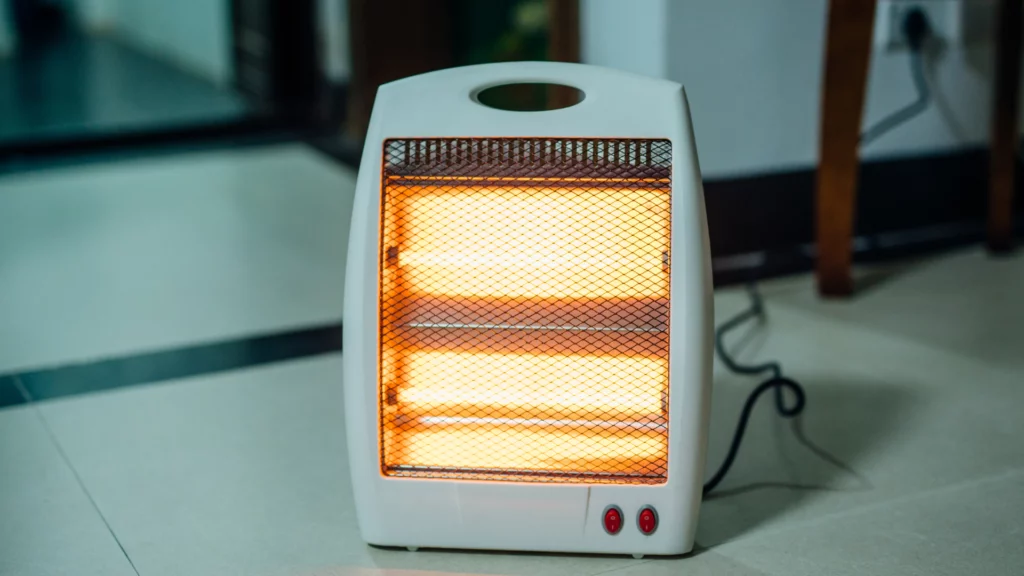
What should I consider in a rental property?
Are you going to install home automation in a rental property? Then don’t forget this:
- Camera Law:
- You must file annual returns for each fixed or mobile camera, before activating the camera, at www.aangiftecamera.be.
- You must post a pictogram at the entrance to your home indicating that there is a camera system. This pictogram must be either an aluminum plate at least 1.5 millimeters thick or a plasticized sticker at least 15 cm by 10 cm. With this info: “Camera Surveillance – Law of March 21, 2007” and the name of the controller, mailing address and email address and/or phone number.
- Cameras on the inside of your house or apartment should not be reported.
- Privacy and consent:
- Secure your Wi-Fi network properly.
- Make sure you collect and store all data securely.
- Keep all devices up-to-date (including software) for safe use.
- Use strong passwords for all devices and change them regularly.
- Inform all fellow residents about the installation of home automation, especially security devices such as cameras. They should know where the cameras are placed and how the data is used and stored.
- Make sure that all fellow residents have access to the devices and the ability to control them.
- Choose trustworthy brands. If you purchase non-European brands, you run a higher risk of data breaches or GDPR violations as these brands are not necessarily familiar with Belgian/Flemish legislation.
- Future move:
- Make sure you know how to correctly uninstall the equipment. So be sure to keep the original installation manual.
- Choose appliances that you easily install and remove without structural modifications. This makes it easier to return the home to its original condition when you move.
What should you definitely not install as a tenant?
Would you like to install the following home automation in a rental property (examples)? Then you have to ask permission from your landlord anyway before you can install it:
- Solar panels.
- Heat pump.
- Underfloor heating.
- Fixed air conditioning.
- Built-in speakers.
- Fixed heating devices.
- Fixed automatic shading systems.
- …
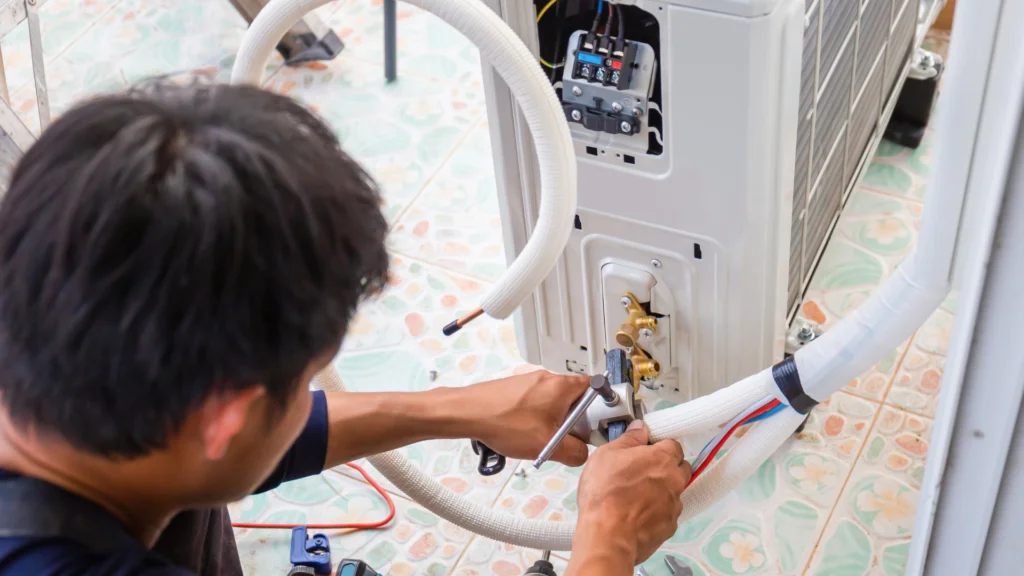
Sources: Be Safe, Belgium, Securitas
Would you like to cite this article as a source? Then use:
Stiasteny, L. (2024, July 17). Installing home automation in a rental property: what’s allowed? Apartment.be. Consulted on (date XX/XX/202X), from https://www.appartement.be/domotica-installeren-in-een-huurwoning
Related articles:
- Home automation: smart solutions for your house or apartment
- Are costs for tenant or landlord: Who pays what?
- Rental legislation Flanders: what is allowed and what is not allowed under rental property rules?
